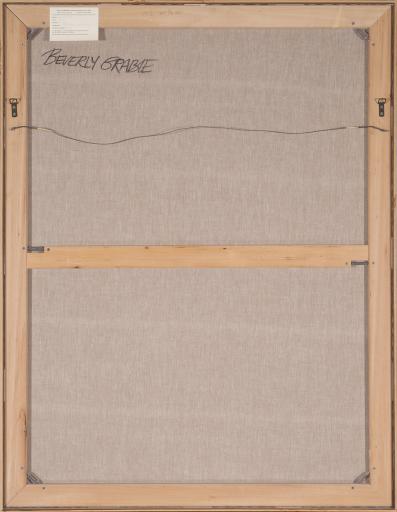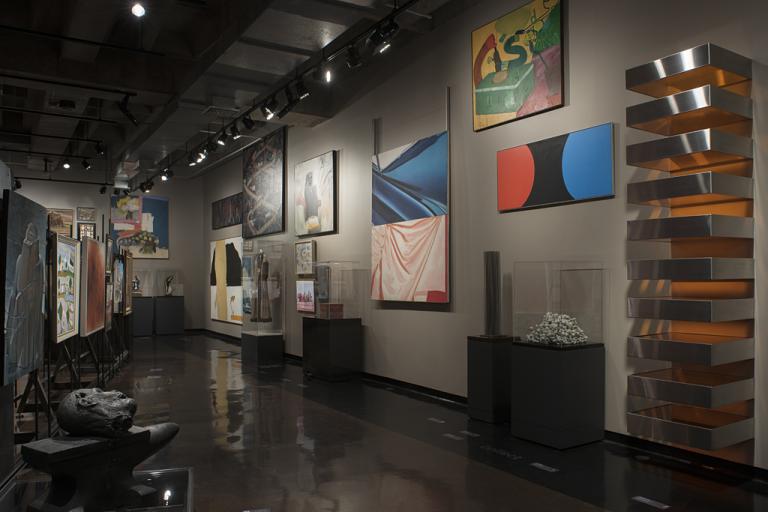Schlitz, Beverly Grable
Artwork Overview
Beverly Grable, artist
circa 1952–circa 1982
Schlitz,
circa 1974
Where object was made: United States
Material/technique: oil; canvas
Dimensions:
Canvas/Support (Height x Width x Depth): 157.5 x 121.9 cm
Canvas/Support (Height x Width x Depth): 62 x 48 in
Canvas/Support (Height x Width x Depth): 157.5 x 121.9 cm
Canvas/Support (Height x Width x Depth): 62 x 48 in
Credit line: Gift of Larry G. Meeker and Cindy Houtman Meeker
Accession number: 1981.0136
Not on display
If you wish to reproduce this image, please submit an image request








